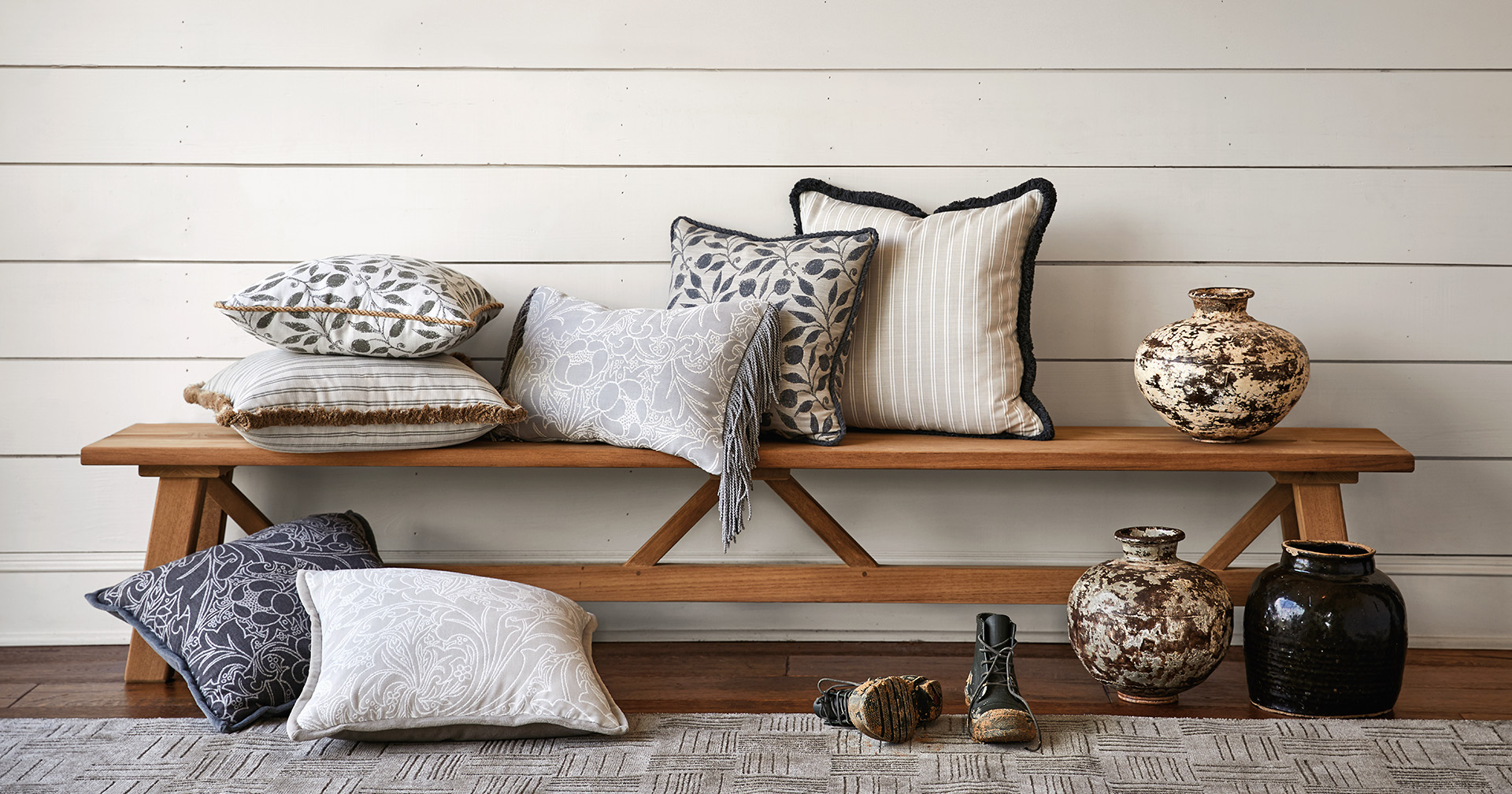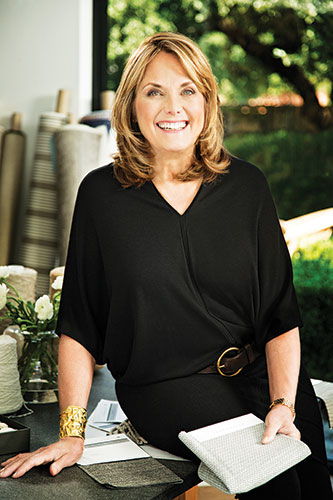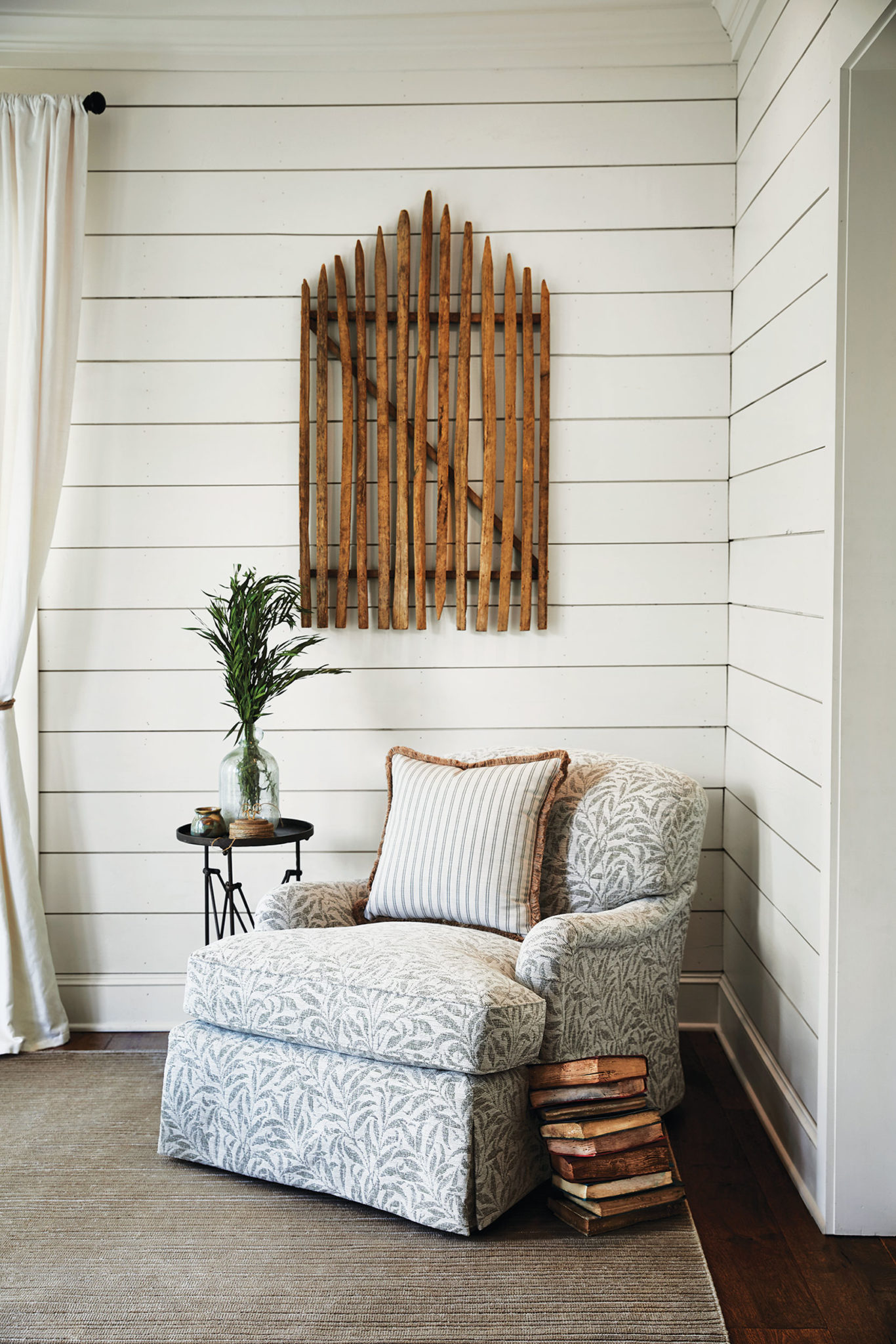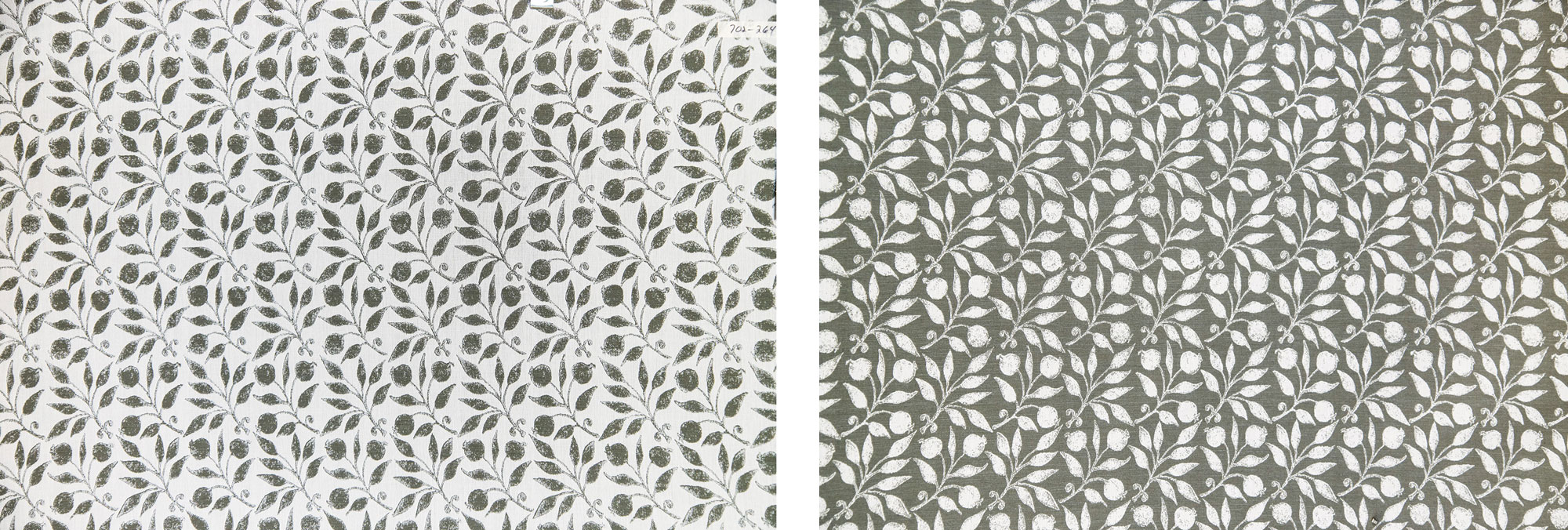Outdoor Fabrics That Don’t Feel So Outdoorsy

Today’s high-tech fabrics perform superbly for years, indoors and out
Each installment of The Carefree House examines a home product that’s aesthetically pleasing as well as long-lasting. This issue takes a look at state-of-the-art outdoor fabrics, which offer a pleasing feel, myriad patterns and weaves, and extreme durability.
 Ann Sutherland, President and Founder
Ann Sutherland, President and Founder
Perennials Fabrics
Dallas, Texas
888-322-4773 | PerennialsFabrics.com
Design NJ: Fabric descriptions can be confusing. Can you give a primer that explains the key differences between performance fabrics, indoor-outdoor fabrics and outdoor fabrics?
Ann Sutherland: “Performance” is a broader term. It can be applied to a wide range of characteristics in a number of fabric categories—from fiber strength to ease of cleaning in upholstery to shape retention and moisture wicking in apparel. Performance fabrics have a specific end use in mind, and the fabric is created to fulfill that end use.
“Outdoor” fabrics need to stand up to the elements. They shouldn’t degrade, rot or fade when used outdoors. Fabrics suitable for outdoor use are composed of man-made fibers. Superior outdoor fabrics are made with solution-dyed fiber, where the color is injected into the fiber as it is being made. Perennials® 100 percent solution-dyed acrylic holds up beautifully in the outdoor elements and is ultraviolet-, stain-, mildew- and fade-resistant. And it’s soft!
Outdoor fabrics can be used indoors or outdoors, so “outdoor” fabrics actually are indoor-outdoor fabrics.

Perennials’ fabrics are child-friendly. Here, Willow Bough fabric (in olive) from the Morris & Co. collection covers a chair in a nursery.
DNJ: You mentioned fade-resistance. What do consumers need to know about fading?
SUTHERLAND: Solution-dyed acrylic fibers are fade-resistant because the color is completely saturated throughout the fiber as opposed to a coating or finish that some outdoor-fabric companies use. This makes the fabric particularly resistant to the elements, including the sun’s UV rays. Natural fibers such as cotton fade easily in sunlight because of the dyeing process. Perennials Fabrics are guaranteed against fading for three years.
DNJ: Where would homeowners be likely to use outdoor fabrics inside their houses?
SUTHERLAND: They can be used in any room, from entertaining spaces to bathrooms to kitchens. They can cover family room sofas to bar stools to formal dining chairs to headboards in the bedroom to vanity chairs in bathrooms.
DNJ: How can these rugged fabrics be so soft today —even velvets are now available—as opposed to just a few years ago, when they were coarse and not something you wanted your bare skin to touch?
SUTHERLAND: We are taking centuries-old technologies and applying them in new ways with our acrylic yarn. Perennials’ milestones in technology involve making unique yarns out of our performance fibers and then using these yarns in velvets, chenilles and Jacquards. Our velvets have qualities that make them very popular because of their soft touch and an indoor look and feel.

This Perennials sheer resists damage from the sun’s ultraviolet rays. The lightweight outdoor fabric works well indoors also.
DNJ: What cleaning instructions apply to performance and outdoor fabrics?
SUTHERLAND: Be sure you follow the manufacturer’s directions for cleaning your particular fabric. We’ve found that the best product for greasy or oily stains is a degreaser such as most dishwashing liquids. Degreasers attack ketchup and similar sauces very well.
For more stubborn stains, a bleach solution— one part chlorine bleach to two parts water— can be used on Perennials’ fabrics, and we love bleach pens for their convenience in spot-cleaning. Bleach doesn’t discolor or break down our acrylic fibers because they’re 100 percent solution-dyed. After you’ve used the bleach solution to remove a stain, we recommend rinsing the fabric thoroughly with water.

Willow Bough fabric is reversible so both sides can be shown. The fabric, designed for indoor or outdoor use, is from the Morris & Co. collection by Perennials Fabrics, whose products are available through the trade.
DNJ: What cleaning instructions apply to performance and outdoor fabrics?
SUTHERLAND: Be sure you follow the manufacturer’s directions for cleaning your particular fabric. We’ve found that the best product for greasy or oily stains is a degreaser such as most dishwashing liquids. Degreasers attack ketchup and similar sauces very well.
For more stubborn stains, a bleach solution— one part chlorine bleach to two parts water— can be used on Perennials’ fabrics, and we love bleach pens for their convenience in spot-cleaning. Bleach doesn’t discolor or break down our acrylic fibers because they’re 100 percent solution-dyed. After you’ve used the bleach solution to remove a stain, we recommend rinsing the fabric thoroughly with water.
DNJ: Are these high-tech outdoor fabrics sustainable and eco-friendly?
SUTHERLAND: These textiles are sustainable in the sense that they will outlast other options in the market. We haven’t heard of any issues regarding our fibers—they are hypoallergenic.
DNJ: If a consumer is disappointed with an outdoor fabric’s performance because of a problem such as fading or mildew, what should he or she do?
SUTHERLAND: You want to contact the manufacturer and/or the store, company or designer who sold you the fabric and give them a chance to make things right. We pride ourselves on premier customer service, so if a client ever receives a shipment that doesn’t meet their 100 percent satisfaction, we are committed to amending any issue.
Mary Vinnedge, an award-winning freelance writer living in Galveston, Texas, compiles The Carefree House for each issue of Design NJ. She was the magazine’s first editor in chief.
